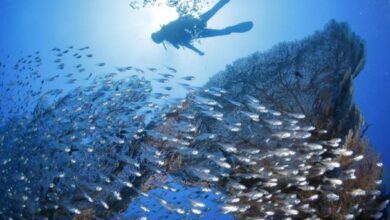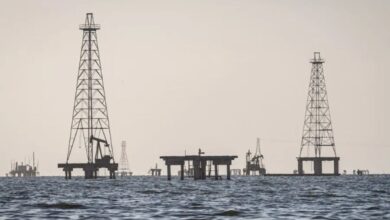We need more trees: how to plant one?
The benefits of trees to reduce pollution and temperature are proven. Here we tell you what you need to know to plant one in your city

Escucha este artículo
Leer en español: Necesitamos más árboles: ¿cómo plantar uno?
Urbanization has grown rapidly, and with it, the emission of polluting particles and greenhouse gases. And as industrialization grows, green spaces and the number of trees in cities are drastically reduced. Although development is fundamental, it must be sustainable and what better than counteracting the harmful effects of pollution.
Leer en español: Necesitamos más árboles: ¿cómo plantar uno?
For a city to develop sustainably, planting trees and avoiding deforestation in urban areas is essential. If you did not know, according to the UN, trees improve air quality, provide benefits for mental health, reduce the temperature and the energy expenditure of air conditioners.
The study The effects of trees and forests on air quality and human health in the United States, explains that these beings can mitigate pollution deposits because they act as filters for gases.
This research also ensures that tree cover helps reduce energy and fossil fuel costs since they can reduce up to 8 ° C. "Trees could reduce the temperatures of cities up to 8 ° C, which reduces the use of air conditioning and related emissions up to 40%," says Simone Borelli, agroforestry and urban / peri-urban forestry officer of the Organization of Nations United for Food and Agriculture (FAO).
This is why planting trees in urban areas is so important. However, this task must be carried out responsibly and considering different aspects.
Where to plant?
This depends on the state provisions for green areas. You must inform yourself in government portals such as the Ministry of Environment, the Secretariat of the Environment and the Botanical Gardens. You can also consult forest engineers and biologists to guide you through the process. Usually, the planting of flora takes place in parks, water rounds, road corridors, and residential areas.
The Botanical Garden of Bogotá emphasizes that "it is essential to design and evaluate the land to guarantee that the trees have the adequate space to develop in the best way; visualize the future of the landscape and, especially, identify and select the species that best adapt to the place you want to plant. "
Also read: Carbon tax: the solution to end pollution?
What species to plant?
Considering that trees are intended to act as pollution filters and large umbrellas to lower temperatures, the UN advises that large leafy trees be planted that will be more effective in trapping pollution and shading.
In addition to this recommendation, drought times and wind patterns should be taken into account. For this reason, it is recommended the planting of endemic species that will be able to survive in the climatic conditions of the place.
In this regard, the Botanical Garden explains that you should consider "the humidity conditions of each area of the city, the type of soil, precipitation, type of canopy and permanence of the foliage, the distance between one tree and another (interdistance) and the accumulation of water below the surface of the soil , among other factors, to guarantee that the species selected for each place can reach their maximum potential and the provision of the ideal ecosystem services and according to the place of location ".
How to monitor the sowing?
The trees do not grow overnight and the only process of germination of seeds can take between three months and two years . If you are going to plant seeds you must be patient and inform yourself of the times so that you monitor the growth.
The other way to plant trees is asexually. In this case, it is only necessary to locate the plant material in the ground so that the roots sprout. In both cases, the process must start in a nursery to effectively control the growth and viability of trees to reforest the city.
These are the three steps you must follow, according to the Garden
1. "When the seedlings are between 10 and 15 centimeters in size and have real leaves, they go to the stock market. This process is called the growth era, in which you can establish how many trees of each species will be ready, in a few months, for [planting]. "
2. "Once in the bag and with the ideal size, they can be planted in the city, either in urban space, as for areas of ecological restoration and gardening. In the case of the ecological restoration zones, the individuals are from 50 centimeters to 2.10 meters high; while for urban arborization, the requirement is 1.50 to 3.60 meters high."
3. "With the trees ready, a specific analysis of the spaces is made, such as the humidity conditions of each area of the city, the type of soil, [… among other aspects], to guarantee that the selected species" reach their maximum potential.
LatinAmerican Post | Marcela Peñaloza
Translated from "Necesitamos más árboles: ¿cómo plantar uno?"





